Report: 72% of communicators had a crisis plan before COVID—but was it enough?
Respondents to a recent Ragan survey shared their evaluation of their crisis response, how they’re preparing for 2021 and what has employees worried.

Most organizations had some form of a crisis communications plan in place before the COVID-19 crisis upended the world economy. However, fewer teams put that plan into practice with regular risk assessment and crisis drills.
And very few had a specific plan for a pandemic.
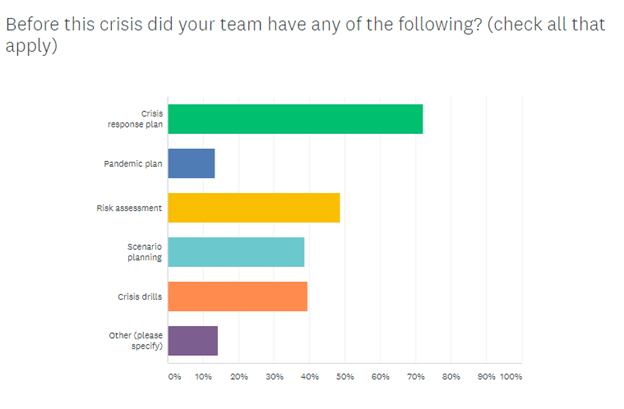
In a recent Ragan survey—the 2021 Crisis and Healthcare Communications Forecast—respondents reported having done some preparation for a crisis, but less specific planning around specific risks, much less the unanticipated global health crisis that developed in 2020.
And even though organizations might have had a crisis plan in place, what was the sophistication level of that plan? Did the protocols rely on analytics and measurement, the latest listening tools and data, or were they run on instinct and tradition? While the majority (74%) found analytics very or somewhat important, about a quarter either ranked analytics as not very important or that there was no measurement effort at all. Regardless, the majority of communicators (88%) ranked their response highly effective or effective.
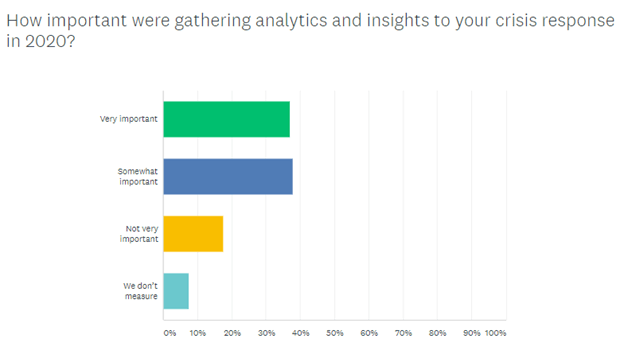
So how prepared are you for 2021? Forty percent of respondents said they were working on a crisis comms plan for 2021, 15% aren’t, 9% are waiting to see what happens and 8% “don’t know.” When asked about their crisis comes budget, 13% predicted an increase, 7% a decrease and the majority (54%) no change.
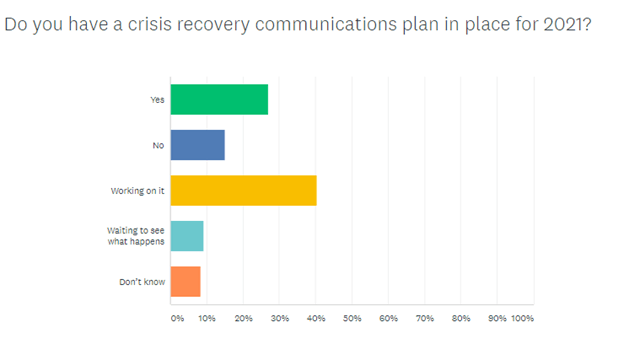
The issues of most concern to employees going forward are job stability (40%), COVID-19 (27%), economic security and stress and burnout (19%) after months of crisis and working from home. Career growth was ranked as the least pressing of the crises facing employees—though communicators should watch those figures carefully as a vaccine rollout continues in the U.S. and worldwide.
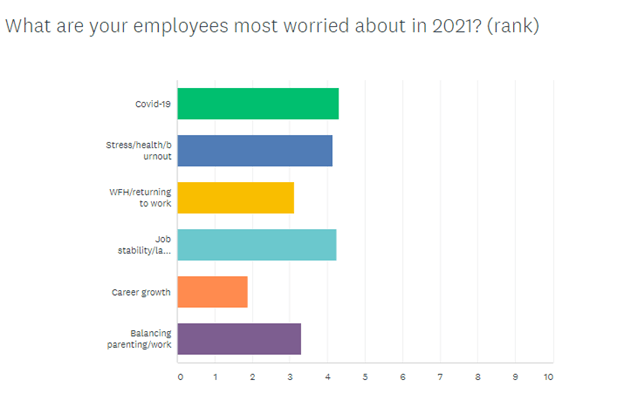
We’d like to thank our survey partners Zignal, Signal AI, APCO, ContactMonkey, MVP/SparkInSight, Aware, Staffbase, Malone Media, Ragan Consulting Group and the Crisis Leadership Network.
If you want to learn more of the insights and lessons shared from our recent Crisis Communications Virtual Conference or Health Care Communications Virtual Conference, you can find those sessions on Ragan Training, our comprehensive library of training videos and conference sessions on demand.



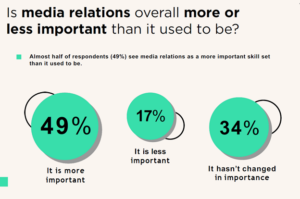

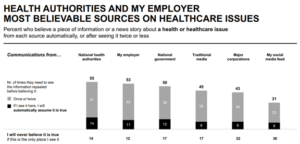
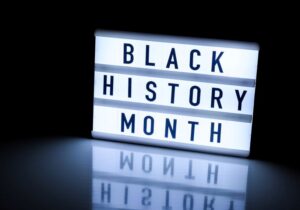

Heavyweight boxing champ Mike Tyson once said many opposing fighters come into the ring with a carefully thought out battle plan “until you punch them in the mouth.”
It can be that way with PR crisis plans that are carefully strategized but suddenly forgotten when the accusations of activists hit management like a hard punch in the mouth.
Fortunately, you can protect management and look like a hero if you take PR Daily and other courses in crisis management, and join the crisis managemnent roundtable where you can rub shoulders (but cautiously in this era of harassment suits) with execs who actually do crisis management successfully. The courses and socializing help to do two things besides incressing your job qualifications.
.1. Teach you to forecast which three accusations are the most commonly made to initiate a PR crisis. Once you can forecast where the dangers are (which is surprisingly not as difficult as it sounds) you can guide management away from them.
.2. Help you see what can be done now or soon, in advance of crisis, to avoid it entirely or at least to prepare for it so skillfully that management wonders how the hell you knew what to expect.
Surprisingly, heavyweight boxing champ Mike Tyson’s manager Bill Cayton was legally blind. He had only a little vision like looking through a tiny hole in a cardboard. But Cayton was brilliant in getting Tyson opponents who were not yet up to Tyson’s ability or else well past their own peak skills. Cayton didn’t kid himself or his fighter and never ducked confronting reality because as others have said, none are so blind as those who will not see.